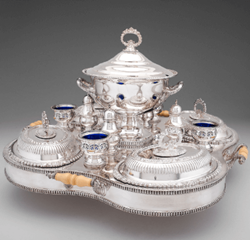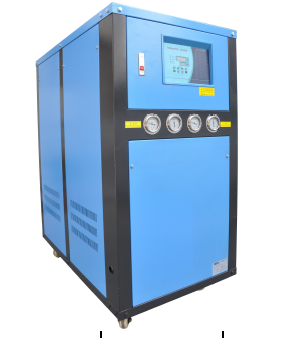| The advantages of brush plating are mainly reflected in: plating small area and high performance coating; repairing local wear of large and precision machinery; combination parts that cannot be immersed in electrolyte and partial repair of weld and riveting assembly; heat resistant metal material , high-strength coatings on aluminum, stainless steel and graphite; on-site repair of aircraft, ships, building facilities, mine equipment, etc. It is superior to slot plating and is an important means of repairing energy, time and materials. The tasks completed by them can be divided into:
1 repair wear, restore geometry; repair defects in the groove plating products, change, waste is genuine; repair printed circuit boards, electrical contacts and microelectronic components. 2 Decorate or repair buildings, sculptures, statues, and ancient artifacts, and directly repair them on buildings, statues, and other originals. 3 can improve and improve the bonding strength of materials such as lead, graphite, stainless steel and the local carburizing, shielding of nitriding surface and repairing molds for plastics, rubber and glass products. The plating thickness of the brush plating can be as thin as 1 ч m, and the thickest is generally 1 mm; if the groove is repaired and scratched, the repair coating can reach 2~3 mm. Of course, the application of brush plating has limitations, and even if it has been developed to mechanized and automated brush plating or called “flow plating”, it is impossible to replace the groove plating. For large-scale small and medium-sized parts, large-area plated workpieces for decorative plating or size plating, brush plating is not as good as groove plating. |





